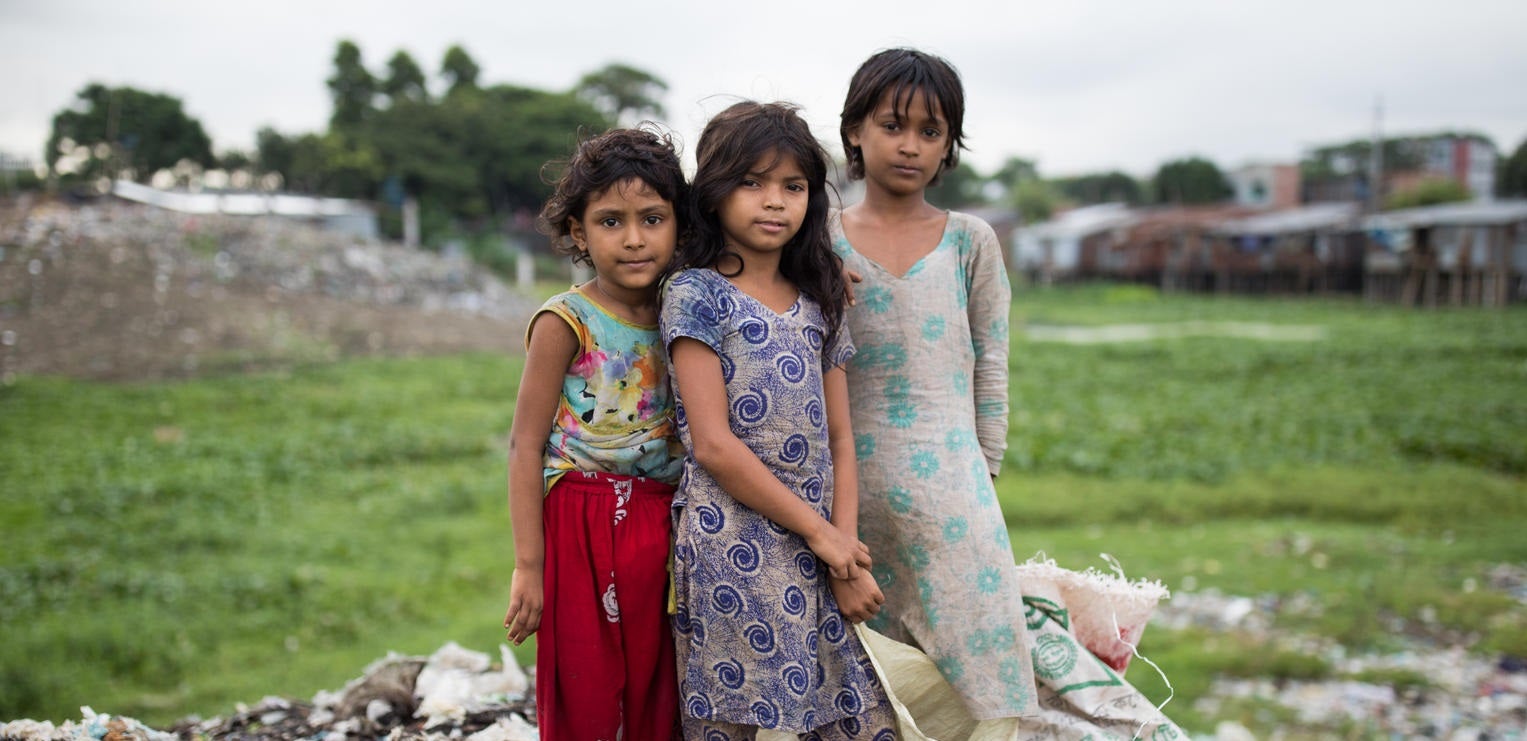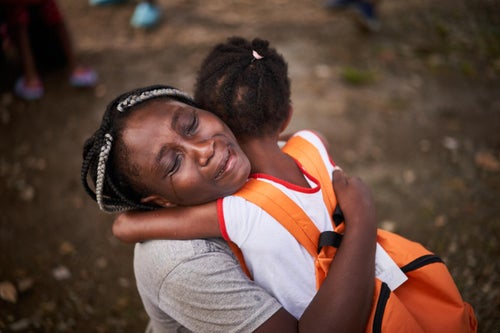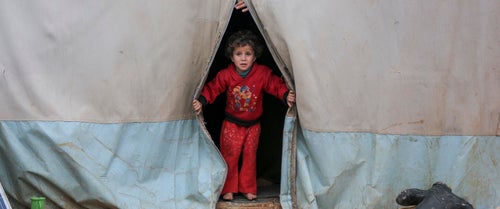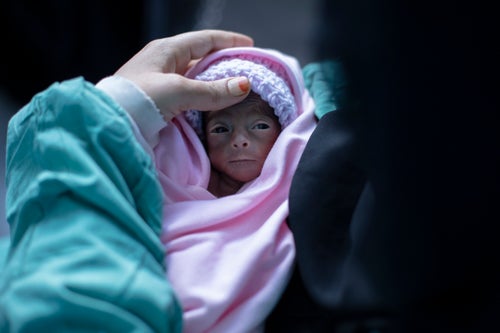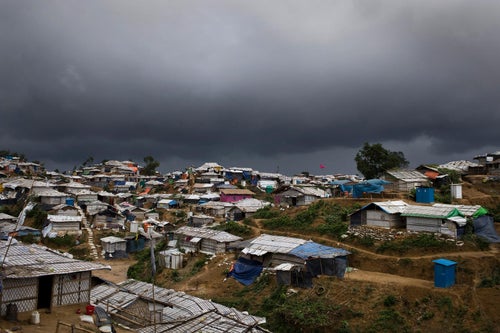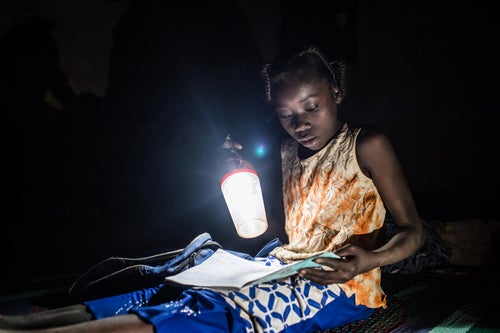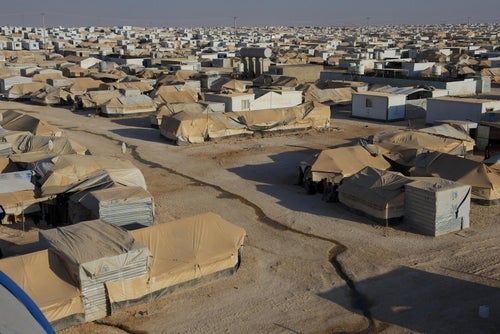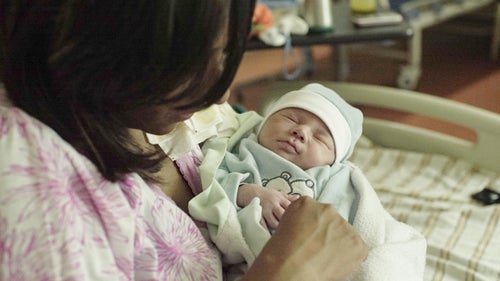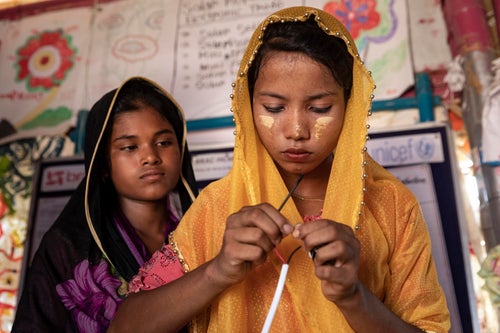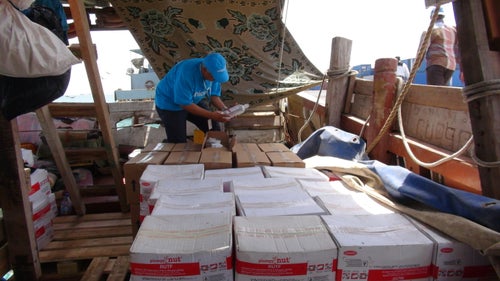I’m struck by how quiet the large tent I’ve walked into is. It’s not unlike the large marquees put up for outdoor wedding banquets or parties; it’s just seen more wear.
While there is some familiarity to the tent, the hushed twitterings of its occupants is not as familiar. About 25 children sit around plastic play tables with puzzles, pages of pictures to colour in and pencils. Hanging around the walls of the tent are bright hand drawn pictures and from the roof hang stars, butterflies and birds cut from coloured cardboard.
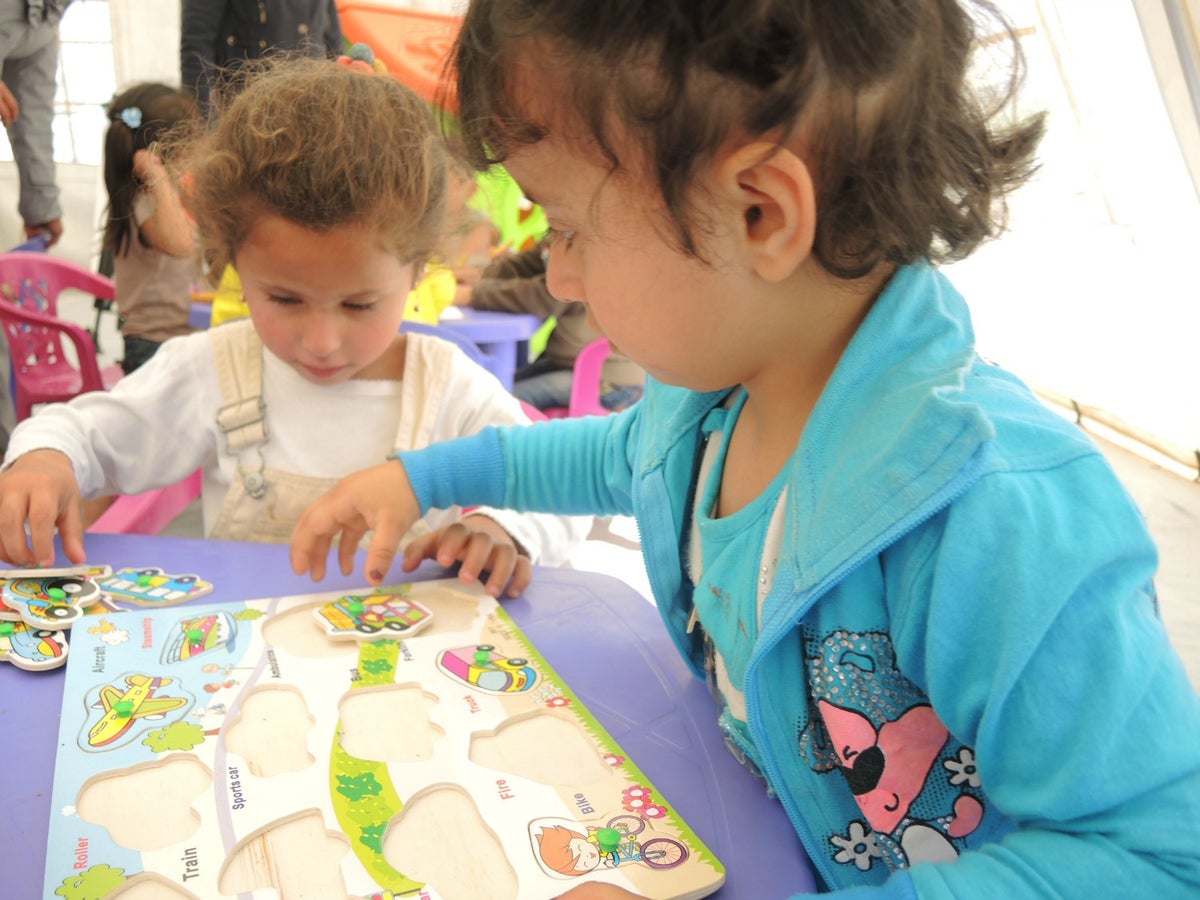
In fact, almost every teaching aid in the room is handmade: even the pictures I watch children pick out coloured pencils to decorate are drawn by the adults who run the class. As soon as one child quietly and gently declares they’re done, another picture is quickly and skilfully hand drawn. An elephant. A tractor. Each image selected with the input of the child and often echoing something they’ve seen in a picture puzzle or that has just been drawn for the child sitting next to them. There’s none of the exuberant and elaborate imaginings of pre-school children back home. No pulling at teachers to be next in line for their attention, or joyfully shoving their work in front of them to be celebrated.
The children are all between the ages of two and five and they’re here, in a UNICEF-supported temporary tented classroom, as part of a pilot program not only geared to their learning and play, but to support families who need a safe place for their children to be throughout the day.
All of the children are Syrian refugees. All of them have known nothing but the conflict and violence in Syria and homelessness and uncertainty outside of it, but while they are here, in this UNICEF Child-Friendly Space, their older siblings can also come to school to learn and their parents can be free to find whatever work they can to pay the family’s rent, food and other basic living costs.

Before this, children this young were cared for within the refugee settlements by older siblings or informal networks of carers. The safety of children could not be guaranteed, and where siblings were responsible for their care, they themselves missed out on school.
Worse, if a parent was staying home to care for young children, older children were being sent out to earn money for the family in a landlord’s fields, digging potatoes or harvesting eggplants as the seasons demanded.
The program here in the Bekaa Valley is one of three pilot programs UNICEF and its local partners are running, primarily to combat child labour: the early childhood development learning and safety of the children are secondary and tertiary to the program’s foremost aim to stop older siblings working and help them get back to their studies.
The program is possible because of the support of UNICEF supporters worldwide and in Australia: Australians donating more than $2.6m for UNICEF’s response to the emergency since conflict caused a massive displacement of refugees in 2011. Now, more than four million Syrians are refugees and two million of those are children. Hundreds of thousands, like these children, have only ever experienced life on the run.
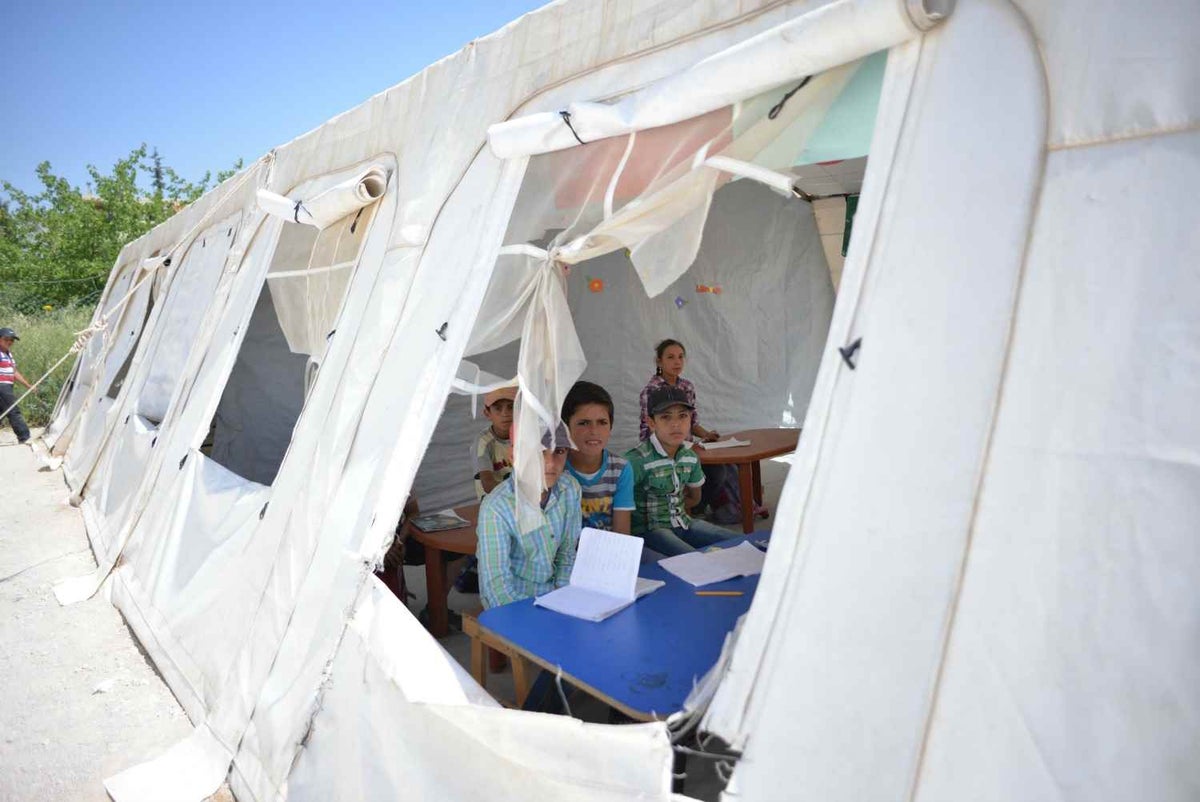
In Lebanon, 20 per cent, or one in five people living in Lebanon today, are Syrian refugees. Just to accommodate the burgeoning population, UNICEF has instigated split shifts to educate the Lebanese community of school-aged children and the newly arrived Syrians. Still, 70 per cent of Syrian refugees are not in school.
However, with ongoing support for UNICEF’s work and pilot programs like this one in the Bekaa Valley, solutions are being found. Without the generosity of the global community and an Australia-wide family of loyal UNICEF supporters, this work could not continue. Conflict in Syria has caused one of the world’s greatest humanitarian emergencies, yet it remains the most grossly underfunded crisis.
The work being done for children, in the thick of a protracted disaster and unending emergency, is one of UNICEF’s global success stories and a success story for all UNICEF supporters.
Helping the children of Syria
After four years of conflict in Syria, millions of children in the region urgently need our help. UNICEF is working to uphold their fundamental rights to protection, health care and education.
You can help us continue this critical work for children by making a gift today.
Become a Regular Donor
For every child in crisis.
Related articles
Stay up-to-date on UNICEF's work in Australia and around the world


